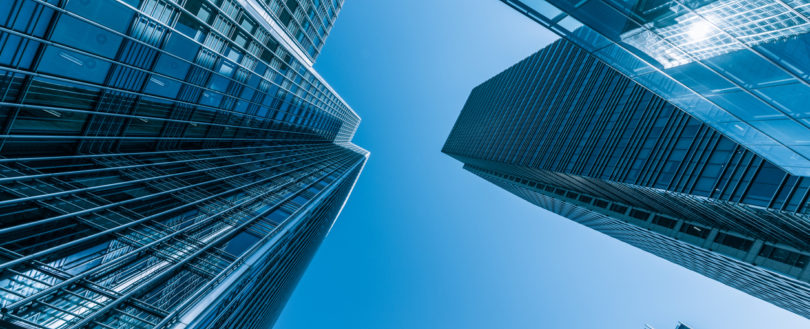
The new industry-wide valuation process for high-rise residential buildings and its effect.
Like it? Share it!
04 February 2020
In a post-Grenfell world there is clearly, and rightly so, a focus on the fire safety of high-rise buildings – especially in the residential sector. Yet this focus has answered as many questions as it has made new ones, particularly for the construction and fire industries.
As reported in December of 2019 by the FIA, a new cross-industry valuation process called the External Wall Fire Review (EWFR) was implemented by the Royal Institution of Chartered Surveyors (RICS), the Building Societies Association and UK Finance. In short, “The EWFR process, which requires buildings to undergo a fire safety assessment by a “suitably qualified and competent professional”, is intended to provide “assurance for lenders, valuers, residents, buyers and sellers” that their property is both safe and retains its market value.” The process has been generally welcomed yet some question its usefulness, but with the absence of any viable alternatives, it seems the industry must do more to adapt.
The Grenfell Tower disaster highlighted the need to further scrutinise the materials in a building cladding, in particular, cladding on high-rise residential buildings. The government estimates that more than 300 buildings have cladding with Aluminium Composite material, it has provided £200 million to replace dangerous cladding privately owned buildings. Furthermore, the government released ‘Advice Note 14’, this places responsibility on the owners of buildings taller than 18 meters to check for combustible materials in the external wall systems of their stock – they must also remove any if found.
If no evidence is provided to suggest that the external walls are free from combustible materials, in some cases this has led to properties being valued at £0 and sales of the property being cancelled – this has already happened in Leeds. Every 5 years buildings must undergo an assessment when their EWFR certificate runs out, if buildings fail this assessment then they will potentially have to foot a large bill, they may even face litigation from residents if the individuals property value is affected.
For developers, it might be preferential if they perform the EWFR at an earlier stage of the development process, this can limit problems happening further down the line. It’s likely that the developers would have to endure the burden of this additional cost or alternatively it can seek to pass the cost on throughout the value chain. If the process is relatively quick to complete then it appears developers will have limited excuses for not conducting the assessment. Better yet, if this process becomes best practise within the industry it will make it even harder for developers to deny undertaking the assessment.
Another challenge facing the EWFR is that of professional indemnity policies. Little is known in this post-Grenfell world if insurers will provide professional indemnity to assessors who are carrying out the assessment as part of the EWFR. These challenges are new to us as a society and the future of safety within high-rise residential buildings appears to be dependent on a series of negotiations. A negotiation must take place between society's desire for safety over profit versus investors' confidence that they can recuperate the costs of ‘additional safety measures in assets appraisals.’ Whilst these challenges may sound arduous and long-winded, it has been deemed necessary by a cross-industry panel to increase fire safety and reduce the risk of an avoidable national tragedy happening again.
This story is just getting started, be sure to keep informed and educated on this important issue by checking out the FIA news section.
Related training
Related news
-
Serviced Apartments: An Emerging Fire Safety Risk
17 December 2025
-
Business Owner Fined for Breaching Fire Safety Legislation
06 October 2025
Related resources
-
Fire Risk Assessors Standard Scope of Services
07 August 2025
